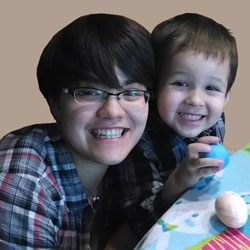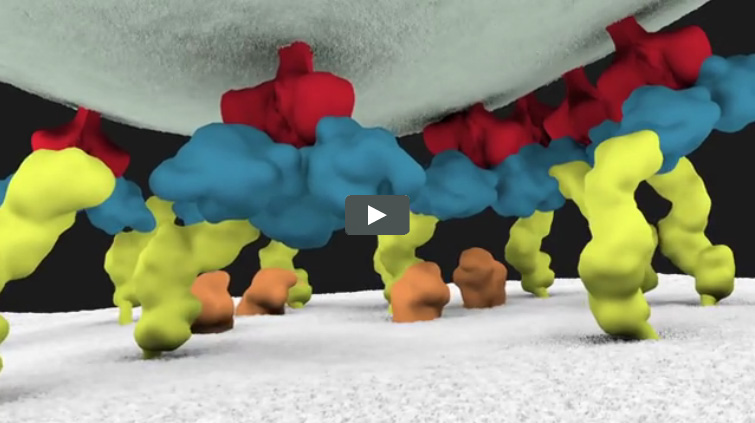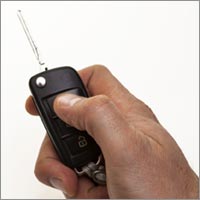
Our cells come equipped with a self-destruct mechanism that’s activated during apoptosis, a carefully controlled process by which the body rids itself of unneeded or potentially harmful cells. Scientists have long known that a protein called PSR-1 helps clean up the cellular remains. Now they’ve found that PSR-1 also can repair broken nerve fibers.
Ding Xue of the University of Colorado, Boulder, and others made the finding in the tiny roundworm C. elegans, which scientists have used to study apoptosis and identify many of the genes that regulate the process. While apoptotic cells sent “eat me” signals to PSR-1, injured nerve cells sent “save me” signals to the protein. These SOS signals helped reconnect the broken nerve fibers, called axons, that would otherwise degenerate after an injury.
Continue reading “Surprising Role for Protein Involved in Cell Death”








